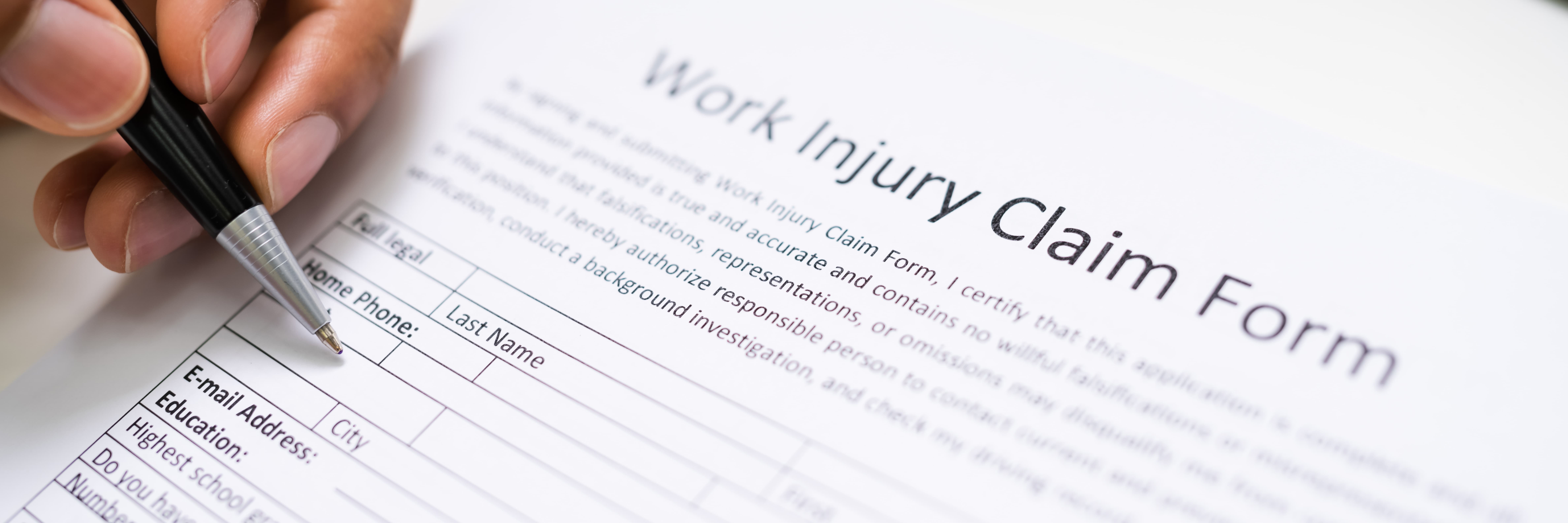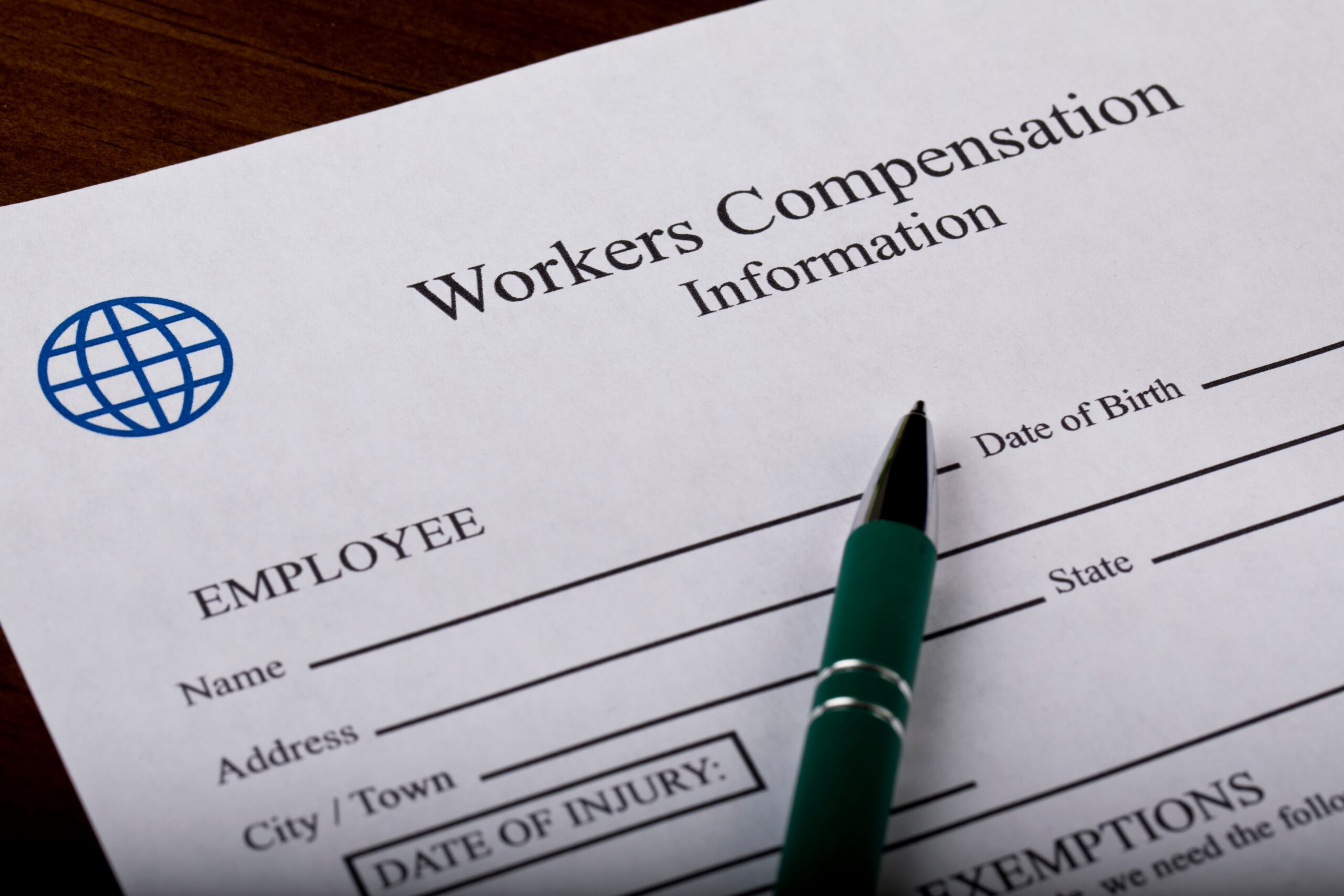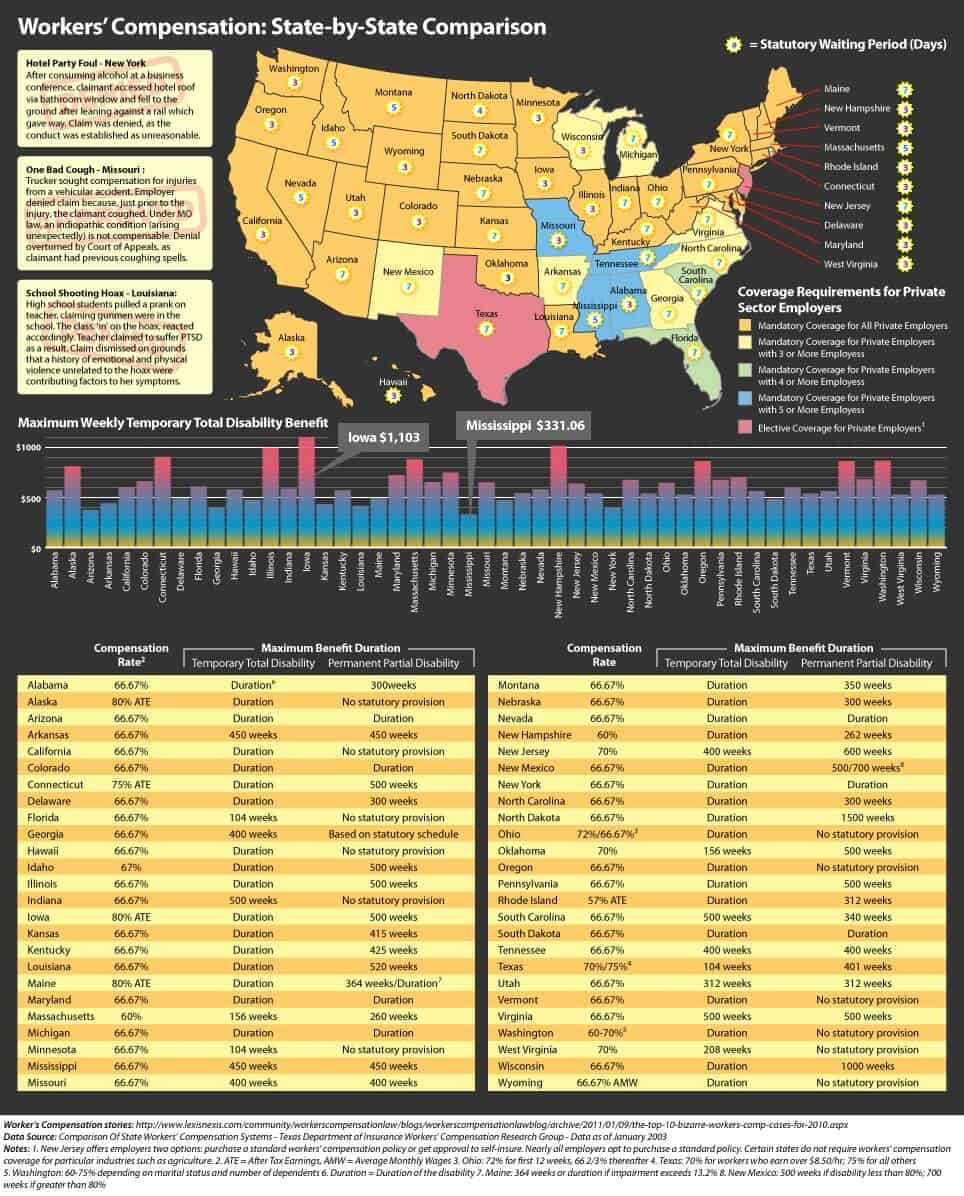Back Injuries While at Work
Whether your job is in an office or your job involves physical labor, a workplace back injury is a risk for anyone. All employees should be aware that back injuries can happen on the job. There are steps that you can take to minimize your chances of having a work-related back injury.
There are also important things to know about your rights when a back injury occurs. Here’s what you need to know from our Denver workers’ compensation lawyers.
Workplace Back Injury Statistics
The Bureau of Labor Statistics reports that more than 148,000 workers suffer a back injury each year. In fact, one in every five workplace injuries involves the back. The Bureau of Labor Statistics says that both new injuries and the reaggravation of existing back injuries can occur in the workplace. Back injuries are one of the most common types of injuries that result in missed work.
Types of Work-Related Back Injuries
There are several different types of work-related back injuries. For example, many back injuries at work happen because of repetitive overuse. A little bit of stress each day can add up to a lot of pain. Other back injuries happen quickly when a sudden strain or blunt force trauma occurs.

A back injury can impact bones, nerves, or muscles. Even the cartilage between vertebrae can be prone to a work-related back injury. Muscle strains may cause aching pain. Nerve damage can cause a loss of movement or feeling. Back pain is often a long-term problem that requires careful treatment, rehabilitation, and lifestyle changes to prevent reoccurrence.
Steps to Avoid a Back Injury At Work
To protect your back at work, you should take the following steps:
- Lift properly – If your job requires lifting, use your legs to lift. Work with a partner when lifting heavy items.
- Modify repetitive tasks – Many back injuries at work happen slowly over time. If you lift items repeatedly, you can protect your back by modifying your activities to prevent overuse.
- Respond to signs of stress – When you start to feel pain in your back, stop the activity. Make changes to your routine before your back pain gets worse.
- Evaluate your workspace – Is your workspace back-friendly? For example, do you have a comfortable chair? Are you bending forward to reach a desk that’s too low? When you evaluate the space where you work, you can make adjustments to prevent back pain before it happens.
- Get proper training – Too many back injuries happen because of inadequate training or because workers don’t follow their training. Ensuring that you’re trained in proper procedures can prevent errors that cause back pain.
- Follow safety guidelines – It can be too easy to cut corners when you’re in a rush. It can also be tempting to follow others as they take shortcuts. Unfortunately, failing to follow proper procedures can cause back injuries. Take the time to follow safety guidelines, and always wear the necessary personal protective equipment.
Can I Sue My Employer for Back Pain?
Yes, you can sue your employer for back pain in the form of a worker’s’ compensation claim. Under the worker’s’ compensation system, you can essentially sue your employer for your medical bills and lost pay. Although a worker’s’ compensation case doesn’t begin in a traditional court, it has the same effect as a lawsuit for medical bills and lost pay. You cannot sue an employer for pain and suffering associated with a workplace back injury.
How to Prove a Back Injury at Work
To prove a back injury at work, you need documentation of your pain and symptoms. Some types of injuries show quite easily in x-rays or other diagnostic tests. Other types of injuries require a doctor’s evaluation. To prove your back injury, you should seek medical attention and document your symptoms. It’s also important to report your injury to your employer to begin the worker’s’ compensation process.
Average Settlement for a Back Injury in Colorado
The average settlement for a back injury in Colorado is approximately $23,000. There is a wide range in settlement amounts for back injuries. Because a back injury can range from very minor to very severe, settlement amounts vary wildly.
It’s important not to make assumptions about the amount of money that you might receive for your settlement based on what’s average or based on someone else’s case. Under the law, you deserve compensation for the injuries and expenses that you have personally. An individual evaluation of your case is the best way to know what you can expect to receive in compensation for your injury.
Rights After a Back Injury at Work
When you have a back injury at work, you have the right to medical care paid for by your employer. They should cover the costs of your treatment up to the maximum medical benefit for your injuries. If you’re unable to work for a period of time because of your injury, you have the right to compensation from your employer for lost wages. When you have a permanent injury, you may also deserve compensation for loss of use or lifestyle limitations.
How to Get Compensation for a Workplace Back Injury
To get compensation for a workplace back injury, you must notify your employer of the injury. You must make a worker’s’ compensation claim. In addition, if a third party contractor or equipment provider is responsible for your injuries, you may seek compensation from them through a traditional negligence claim. You may pursue your case through the worker’s’ compensation system, a traditional negligence claim, or both avenues of recovery.
Contact Our Colorado Attorneys for Workers’ Compensation
Do you have a workplace injury? Are you wondering what your rights are after a back injury at work? Our Denver worker’s compensation lawyers can help.
Our attorneys help you take all the right steps to win your case. We can also help you evaluate your case to make sure that you get a fair result. With our team fighting for you, you know that you’re doing the right things after a back injury at work. Contact our legal team today for a free and confidential consultation.






